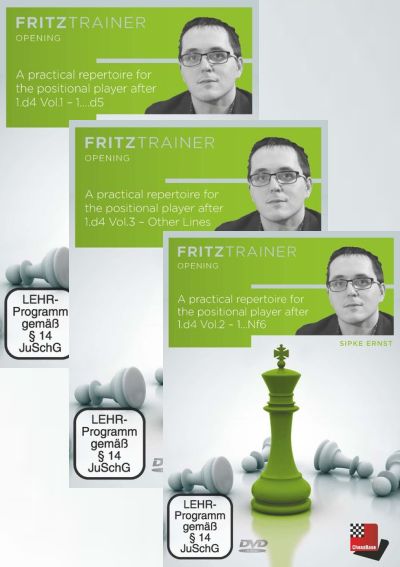Publisher: Thinkers Publishing, 2017, Pages: 230, Paperback
Have no doubts, the Benoni is by far the sharpest opening Black can play, even sharper then the Sicilian! As readers will see, the positions are unbalanced from an early stage on with many sacrifices for both sides being present. Such richness of ideas you will rarely find in other openings. The Benoni belongs to the romantic kind of openings, hardly predictable and difficult to assess, even for our engines. That doesn t mean you can play with your hands in your pocket.
On the contrary, to play and understand the Benoni you have to know and understand the theoretical plans, to an almost perfect level. Equally important is to understand the dynamics of hess. Often our pawn structure may be changed at an early stage, tactics lurking everywhere, exchange sacrifices being present etc...
The most famous practitioners of the Benoni such as Tal, Kasparov, Gelfand, Velimirovic, Psakhis, Nunn, Suba etc., are also well-known theoreticians. It is also important to mention Gashimov who did a tremendous job in finding new ideas in the Benoni and many found their place here in this book.
Black is willingly abandoning the centre by exchanging the e-pawn for the d-pawn, but hoping that with such an imbalanced approach he will bring his counter play to another level. Not many players remained with this approach their whole careers, even Tal used to soften his repertoire and combined with the Nimzo-Indian. My ex-trainer Velimirovic is one of the few who played all kinds of Benoni's during his whole life.
For some reason the Benoni was very popular among grandmasters from the former Yugoslav Republic such as Matulovic, Ljubojevic, Barlov, Cebalo, Hulak, Cvitan. just to name few. Even Gligoric used it, influenced by his second at that time, who was no other but Velimirovic himself!
This time my goal was to write a theoretical book as precise as possible, simply because of the nature of this opening. To understand it properly, you must understand it as precise as possible. There is not much room for different ideas, which I presented in my GrUnfeld and King's Indian books. To find the correct counter play you need to be really accurate!
The most difficult line to counter was the aggressive 'Taimanov f4' followed by BbS+. That is a line that many avoid by simply using the Nimzo-Indian move order, waiting for Nf3 and only then c5.
I separated the 'Yugoslav-Benoni' from the rest of the book because of the different nature of the reached positions. White has an extra option by taking on dS with the e-pawn, but Black on the other hand avoids certain lines such as Bf4 and Bb5+, for instance. Every used move-order has pros and cons, so I tried to bring new life into those positions for Black.
Perhaps some readers will be surprised that I only presented one Samisch line (f3 and fast Ng3 line). The reason being simple: in my previous book on the King's Indian I already analysed some other Samisch-Benoni type of positions. Every time Black plays '...c5' in the King's Indian there is a very good possibility that positions will transpose to the Benoni.
I also added some extra's: appendix 1 is a kind of 'transposing type of play', while in appendix 2 I found an interesting way for Black when White has no intention playing 'd5'. In my King's Indian book I covered the same line but sacrificed a pawn with 8...d6, while here I concentrated on 8...Qa5!
I hope you will enjoy my presented work,
Milos Pavlovic, Belgrade June 2017.
 Excerpt
Excerpt


